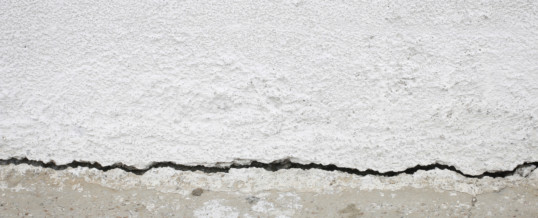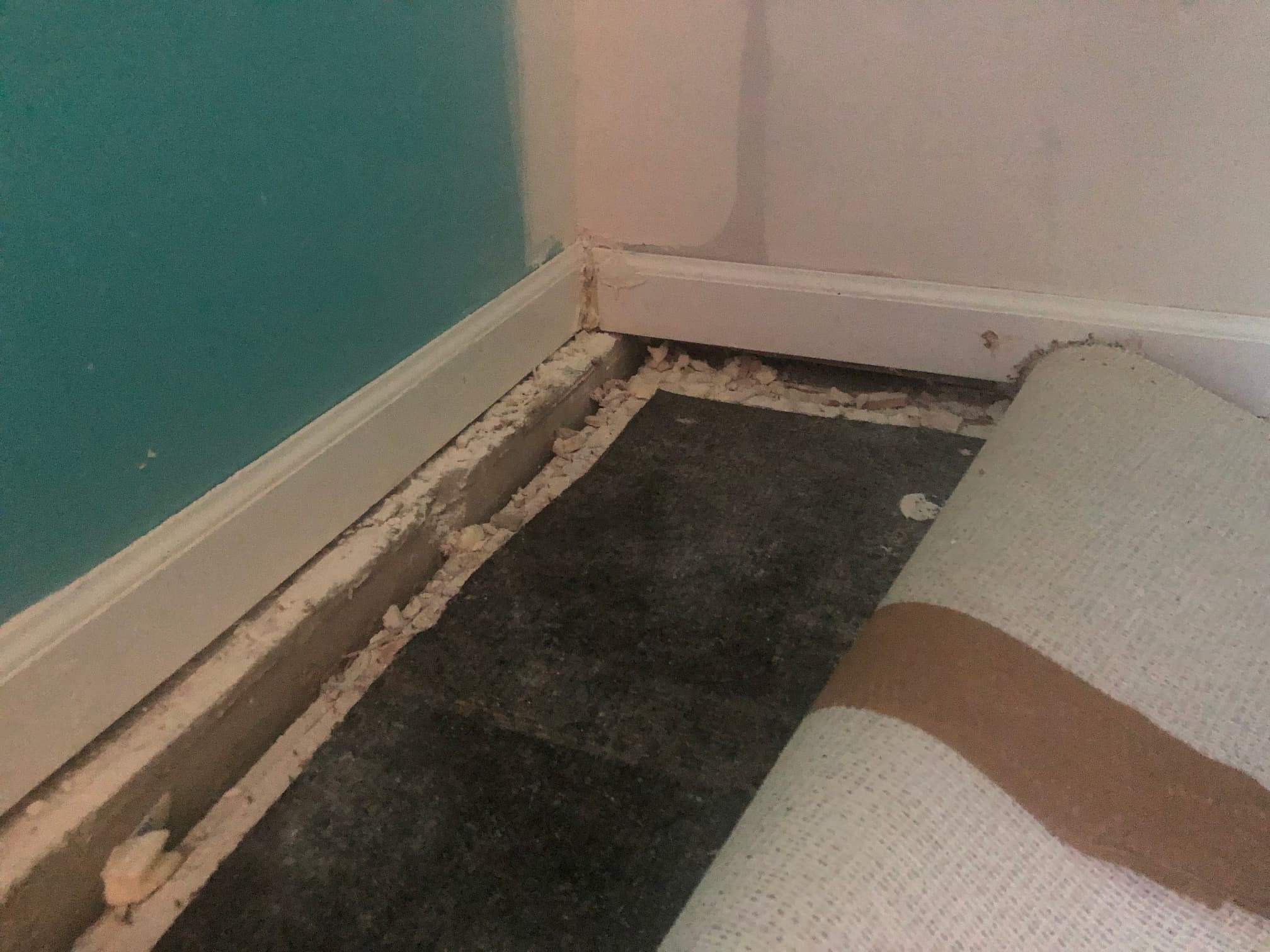

Your foundation shifts or sinks in response to the underlying soil’s movements. A high water table may also increase shifting.
#SLAB CRACK REPAIR COST FULL#
Soils which are full of clay or have not been properly compacted prior to construction may compress, expand, or even shift over time. Shifting and SettlingĮspecially common among older homes in the more arid southwestern states, the ground under your property isn’t perfectly stationary. Check your local records office to learn more about the water table levels. Regular flooding or a constantly running sump pump may suggest the local groundwater table is level with or higher than your foundation floor. In the event your basement is flooding and the house is level with or at a higher elevation than the surrounding property, it is best to check your foundation for erosion damage. For example, homes built at the bottom of a hill or bank tend to receive runoff water after storms and are more prone to sewer backups.

However, the common saying “If you have a basement in such-and-such community, you can expect flooding” is often limited to older communities due to poor foundation maintenance or location issues. While the latter is more durable and often better insulated, no foundation is immune to damage. Modern homes usually use a reinforced concrete structure for their walls. Many homes converted from or incorporating garages use cinderblock walls. Older homes often had solid concrete foundation walls. Causes and Warning Signs of Foundation Damage Problems with your foundation could lead to extensive structural and property damage. It helps protect against storm damage, provides a barrier against burrowing pests such mice and termites, and bears the uneven weight of your home over a complete surface to reduce the effects of settling. Yet the foundation is more than a simple concrete slab or basement. Contact a repair specialist to prevent further damage from occurring.When asked what the most important part of your home is, the foundation probably isn’t among the answers that first come to mind. When left unchecked, foundation problems can cause serious structural damage to the home. The shrinkage of the soil as it dries can contribute to the foundation settling, creating cracks or other issues.Ĭracked slabs due to expansive soils or other conditions need to be inspected by a foundation repair specialist. When the clay dries out it contracts or “shrinks.” This swelling or expansion when wet can cause the soil to heave upward towards the slab foundation and over time can cause cracking. Instead, when the clay soils get wet, they absorb the water molecules and expand, or swell. An expansive soil, such as a soil with a high clay concentration, does not drain as well as other soils. Expansive soil also may be known as shrink-swell soil.


Slab foundation cracks caused by expansive soils (such as clay soils) or frost heaves can create several problems.
#SLAB CRACK REPAIR COST CRACKED#
Cracked slabs from soil settlement also can lead to unwanted moisture. In general, shrinkage cracks do not compromise the building’s structural integrity, but they can lead to water leaks and crawl space moisture. A slab crack that continues up into the home’s wall is a cause for concern and should be examined by a qualified repair specialist.Ī cracked slab also may be the result of shrinkage in the concrete or building materials, foundation settling or slab foundation movement caused by frost heaves and/or expansive soil. A small hairline crack running through a floor tile may not always be cause for alarm - in areas where drought conditions have been suffered, tile with a hairline crack may be the result of soil settlement. Slab crack repair varies depending on the type of crack, the cause of the crack and its severity. The term “cracked slab” can be used to describe a variety of slab foundation problems. If the soil underneath the slab is not prepared properly, cracks can appear in the slab. The thickness of slab foundations vary depending on the type of structure they hold. Typically, this type of structural base sits over soil or gravel and helps to distribute the weight of the building above it. Slab foundations can be found under many homes.


 0 kommentar(er)
0 kommentar(er)
